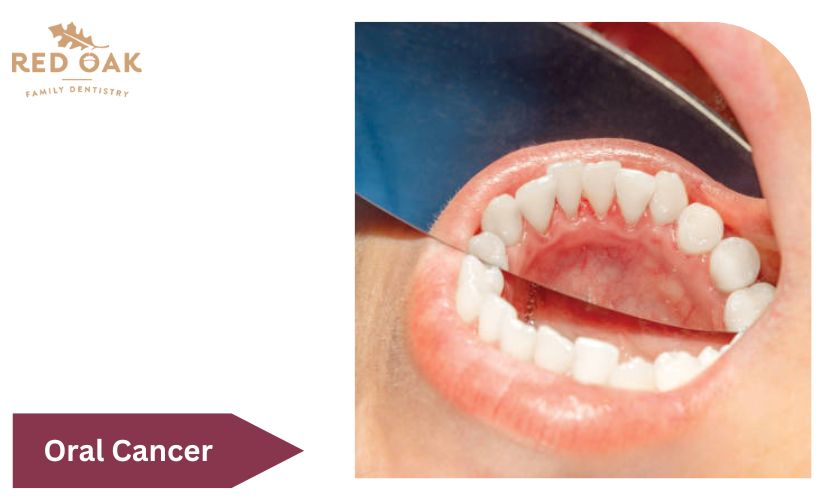
4 Common Myths And Reality About Oral Cancer
Each year, there are many patients with both oral cancer and conditions that could lead to cancer. About 95% of oral cancers are squamous cell carcinoma, which is not linked to the human papillomavirus like oropharyngeal cancers (HPV).
Many patients say the same thing about why they didn’t check their oral lesions out sooner. None of them are true; they are all based on false information.
Here Are The 4 Most Common Myths And Reality About Oral Cancer:
Myth 1: I Shouldn’t Worry About It If It Doesn’t Hurt
Most people who find white spots in their mouths will never get this disease. But it would be best if you still got them checked out. “Leukoplakia,” or white spots in the mouth, is one of the most common signs of oral cancer. Leukoplakia is a precancerous lesion, which means you are more likely to get this disease in the future.
Most of the time, the opposite is true. If you have a painful sore in your mouth, you probably bit, scraped, or burned yourself, or you have a minor viral infection. Most of the time, things like this get better in a couple of weeks.
But you should be worried if a sore doesn’t hurt or get better in a few weeks. Because cancer usually doesn’t hurt when it’s early. Neither will it improve on its own.
Myth 2: I Can’t Get Cancer Because I Don’t Smoke Or Use Tobacco
More than half of the people I see have never used any tobacco. This can happen to anyone with a mouth, just like lung cancer can happen to anyone with lungs. And while it’s true that smoking makes it much more likely that you’ll get mouth cancer, it’s not the only thing that could cause it.
Many doctors who treat oral cancers have started to notice a strange thing: women who have never smoked seem to have two peaks in the number of oral related cancers they get. One is of women around age 40 who have cancer of the tongue. The other is women in their late 70s and 80s who have gum cancer. Though the exact cause is unknown.
Myth 3: I Can’t Get Cancer Because I’m Too Young
Cancer is more likely to happen to older people, so it’s rare to see someone younger than 40 years of age with oral cancer. But it’s not impossible. Even if you think you’re too young to have cancer, getting any strange symptoms checked out is essential.
Even doctors sometimes don’t think a person in their 20s or 30s could have cancer. They keep giving antibiotics to try to fix the problem.
I’ve also seen more people come in with more extensive cancerous tumors because they put off going to the doctor or dentist because of COVID-19 rules. But cancers are easiest to treat when they are caught early. We do everything we can to make sure our patients are healthy and safe while they are here.
Myth 4: I No Longer Have To Worry About My Mouth Cancer Because It’s Gone
If you’ve had mouth cancer, you’re at a higher risk of getting it again.So, staying alert is essential even after you’ve been cured. Most of the time that only means a checkup every six months unless you notice signs of cancer.
Other Signs Of Mouth Cancer To Look Out For Are:
- A sore that won’t heal.Most minor cuts and scrapes in the mouth heal independently in a few weeks. If yours doesn’t, you should see a doctor.
- A lump or bump, especially if it keeps getting bigger
- A red or white spot is a warning sign, especially if it bleeds when you touch it.
- Cancer of the gums can sometimes cause loose teeth.
- Problems speaking, chewing, or swallowing: If a tumor gets big enough, it may hurt to eat or talk, or you might not be able to move your tongue well enough to chew or swallow.
- Unexpected weight loss, which is often caused by problems chewing and swallowing
The most important thing to look for is changes over time, like a white spot turning red, a tiny spot getting more prominent, a spot bleeding when it wasn’t used to, or a lump or bump getting painful when it wasn’t before. Those are the kinds of things you should look into. You can visit our dental clinic for a through oral screening of your mouth.
